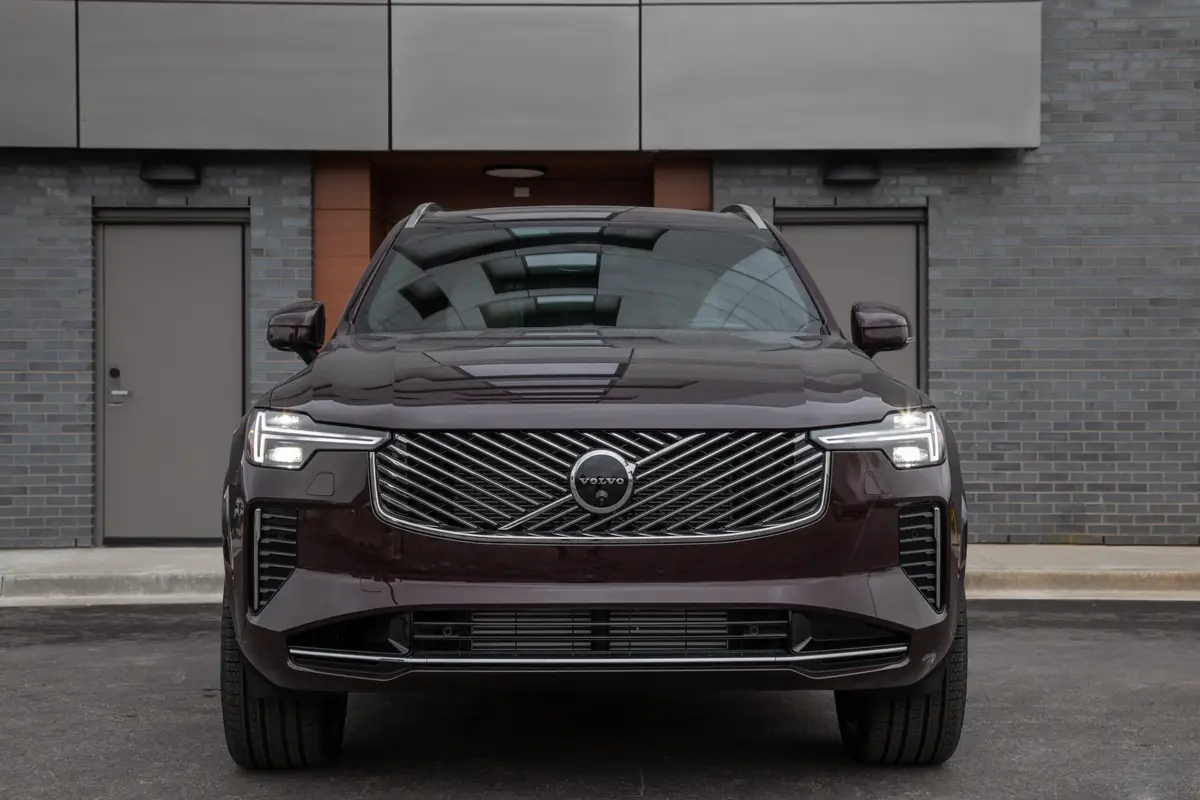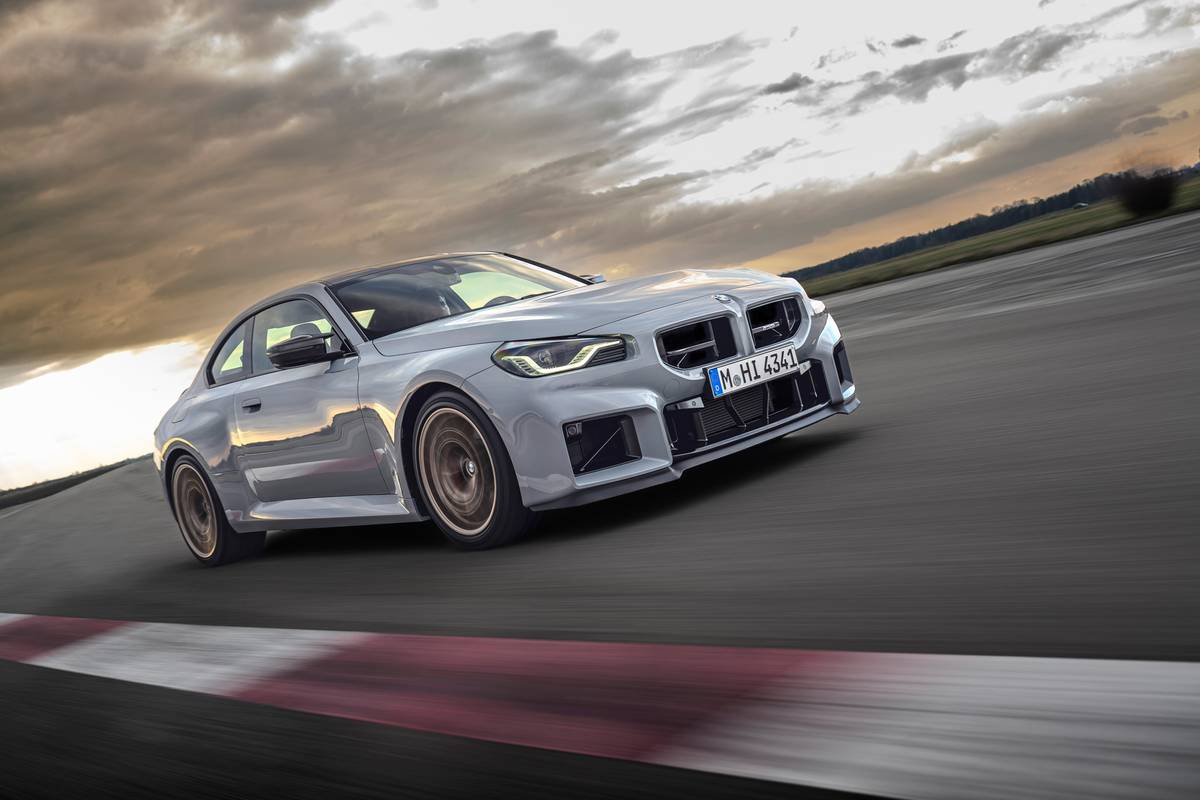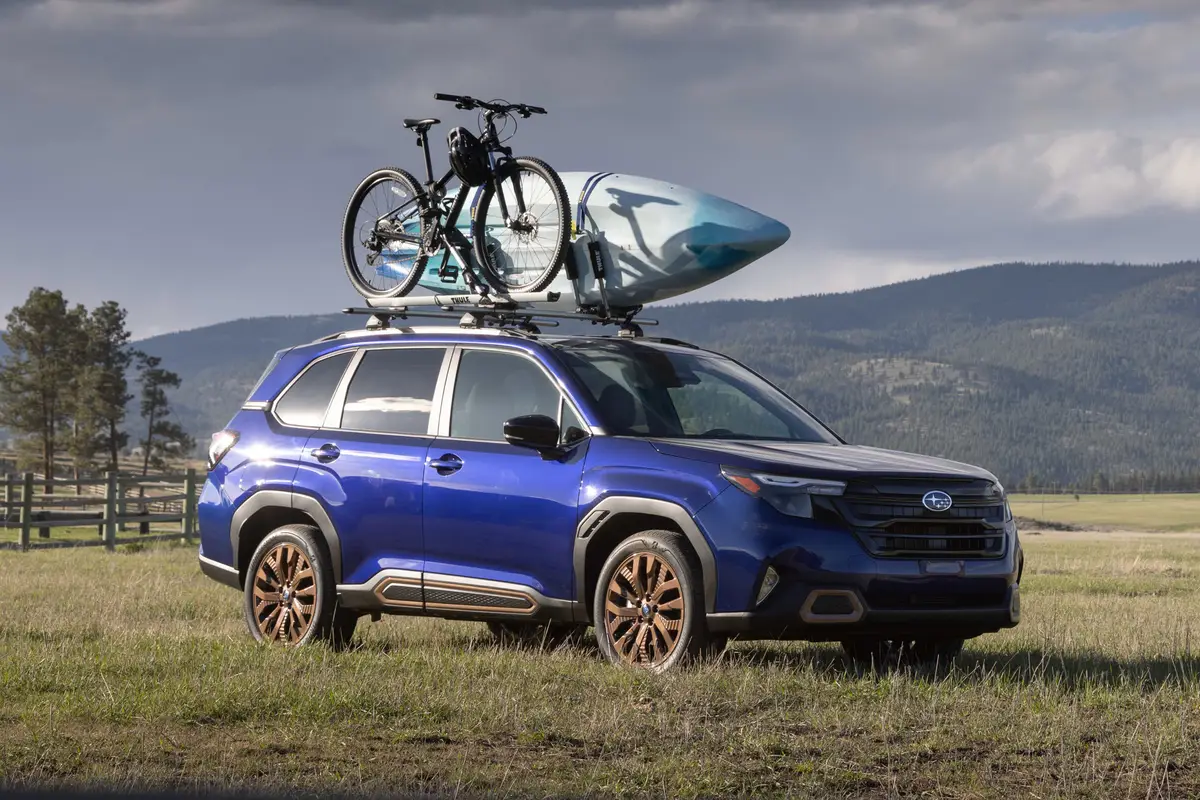The Morning Call and Mcall.com's view
Pontiac always seems to have room for yet another car. This General Motors’ division already has cars ranging from a small sports car to a full-sized station wagon – with everything in between – but apparently it wants to cover every segment of the market. And with its all-new Grand Am it expects to do just that.
The Grand Am, according to Pontiac, fits squarely into the ”sports specialty” segment, an expanding market of the mid-80s that is filled with young buyers with above-average incomes and ”image” cars with above-average price stickers. This is a lucrative market, so it’s not surprising that Pontiac wants to get its share of the action.
Although the Grand Am is a new model for 1985, its name isn’t. The original Grand Am was introduced in 1973 and was a sporty/personal car that probably could be best described as a Trans Am for adults. It was a car that proved interesting to a certain segment of the auto-buying public but, with the concern at that time over mileage and the increasing cost of gasoline, it was a car at the wrong time and wrong place. The new Grand Am, however, is a child of the mid-80s.
The Grand Am (test car supplied by Knopf Automotive, 3401 Lehigh St., Allentown) has a wheelbase of 103.4 inches. It’s 177.5 inches long, 66.9 inches wide, 52.5 inches high and has a curb weight of 2,488 pounds. In the Pontiac lineup, this makes it about two inches longer than the Sunbird and about a foot shorter than the 6000.
The front-wheel drive Grand Am is an attractively styled car. Like many other cars these days, the Grand Am has aerodynamic styling – smooth curves, sloping hood, raked windshield, integral front air dam and a flush-mounted convex rear window. An eye-catching part of its design is a split grille. Although the split grille has been a Pontiac trademark since the late 50s, this grille looks more like a combination Mercedes-Benz/BMW grille than a Pontiac product. Initially, this may seem coincidental. That is, until you look at the six-inch, ribbed side molding that looks as if it was taken right off a Mercedes-Benz. If you’re going to copy, might as well copy something expensive.
Aside from the grille and side molding, the Grand Am is very American looking. The test car with big 215/60 Goodyear Eagle GT tires mounted on 14- inch cast aluminum wheels looked mean just sitting still.
The Grand Am is one of those easy-to-drive cars, and the test car, with its optional three-speed automatic (a five-speed manual is standard), was even more so. The power rack-and-pinion steering was quite responsive but not in the least tricky. Handling, overall, was above average, probably because the test car was equipped with the optional rally suspension package with heavier springs and stabilizer bars, specific firmer rear axle control arm bushings and revalved shock absorbers. And, surprisingly, the ride wasn’t all that bad. It was f irm but not harsh.
The basic suspension features MacPherson front struts, coil springs and stabilizer bar up front and semi-independent trailing arms and coil springs in the rear. This is a standard General Motors set-up and a relatively uncomplicated one at that.
With its high contoured bucket seats up front, center console, between- the-seats emergency brake and interesting instrument panel (the analog scale speedometer sweeps upward in sort of a reversed ”L” configuration), the Grand Am does have the look of a driver’s car. The wide doors provide for easy entry to and exit from the front seats. Getting into the back seat is like getting into the back seat of any other coupe – a bit tricky. However, there is a compensation. The front passenger seat slides forward when the seat back is pushed forward.
The two front bucket seats are roomy and comfortable. The back seat is rated for three passengers. But the size of the passengers, as well as their comfort factor, is going to be determined by how far back the front seats are extended. Even when the seats are fully extended, however, three children will have plenty of room. The trunk measures 13 cubic feet. This isn’t a huge trunk but it is squared off and easy to pack.
The test car was equipped with the 151 cubic inch, throttle-body fuel injected, four-cylinder standard powerplant. This is an engine that Pontiac first developed about 10 years ago and it has powered many G.M. cars over the years. For 1985, roller hydraulic valve lifters have been added to this engine. This is the first application of such lifters to a high volume G.M. engine, and, according to Pontiac, the roller lifters, which replaced the conventional flat tappet lifters, are designed to reduce engine friction by an estimated 8 percent, resulting in improved fuel economy, engine durability and performance.
The engine is rated at 92 horsepower at 4,400 rpm and 134 foot pounds torque at 2,800 rpm. This does not sound like a tremendous amount of horses for a sports specialty car – in fact, it is not even that impressive for a regular, old run-of-the mill compact. But the overall performance is surprisingly good. No doubt the performance is enhanced by the fuel injection. This system isn’t adding any more horsepower but it helps to provide what is available quicker. In other words, no lag or slag, just straight drag. Also, keep in mind, this is a very large four-cylinder engine and torque is quite high.
The test car went from zero to 55 mph in a little over 11 seconds. I certainly wouldn’t want to put it up against a funny car at the drag strip, but it’ll merge in and out of traffic safely. Fuel mileage, as should be expected, was respectable. The test car averaged 18 miles per gallon for city driving and 26 mpg over local highways.
For those who desire more performance, there is an optional engine available. This is a 181 cubic inch (three liter) V-6 that is rated at 125 horsepower at 4,900 rpm and 150 foot pounds torque at 2,400 rpm. This engine features multi-port fuel injection, which is a more sophisticated system than the single-point fuel injection offered on the standard engine. With 33 more horsepower, the Grand Am should be much more impressive in the performance department.
Full price on the test car, a top-of-the-line LE model, came to $11,984. This included the base price of $8,485, a freight charge of $370 and options totaling more than $3,100. The base price does include a nice level of trim and appointments. Among the options were: air conditioning, $630; automatic transmission, $395; electronic AM-FM stereo, $519; cruise control,$175; rear defogger, $140; power outside mirrors, $86; power driver’s seat, $215; power door locks, $125; power windows, $185; leather wrapped steering wheel, $50; sport suspension, $48, and cast aluminum wheels, $159.
Latest news



